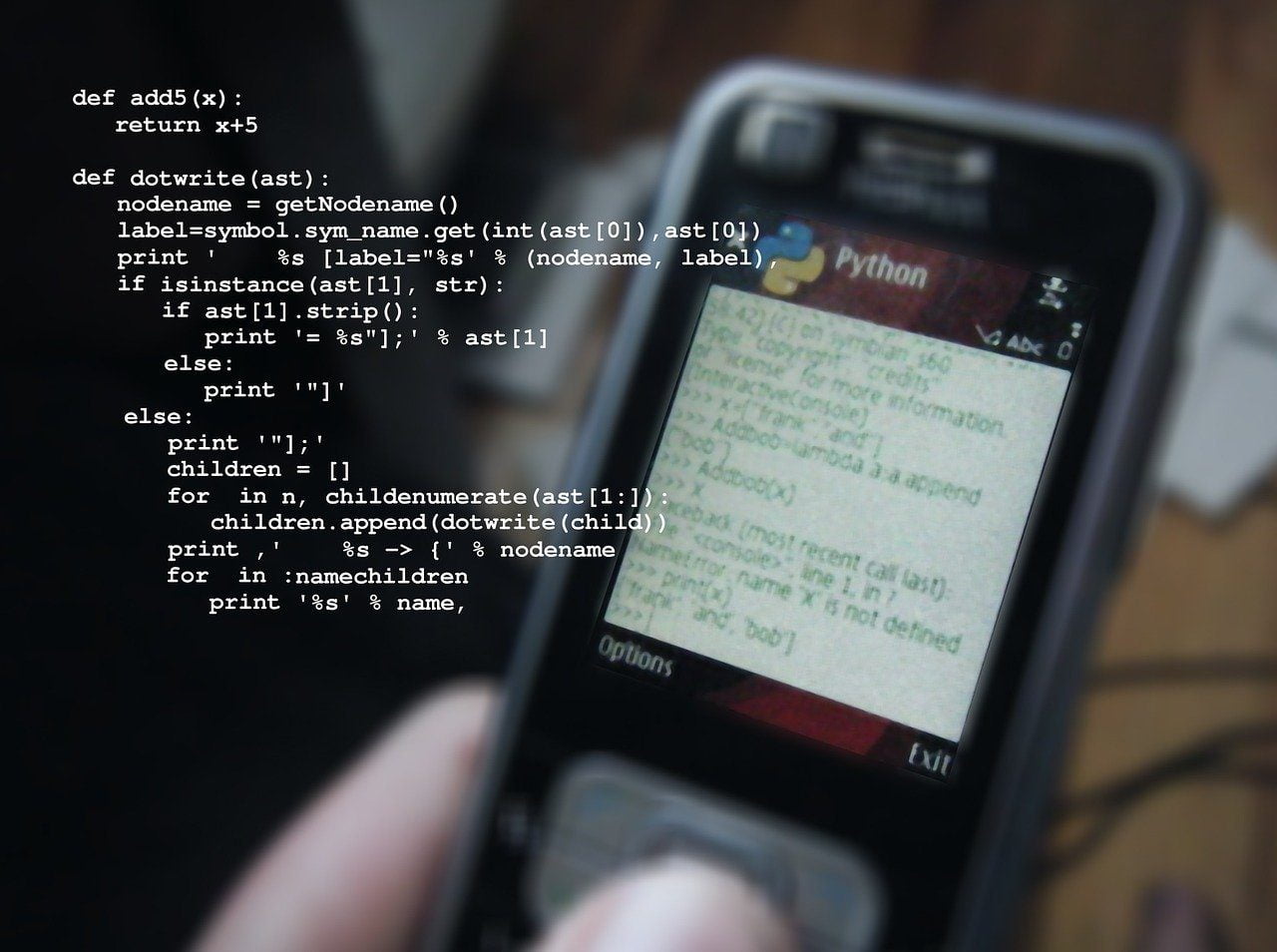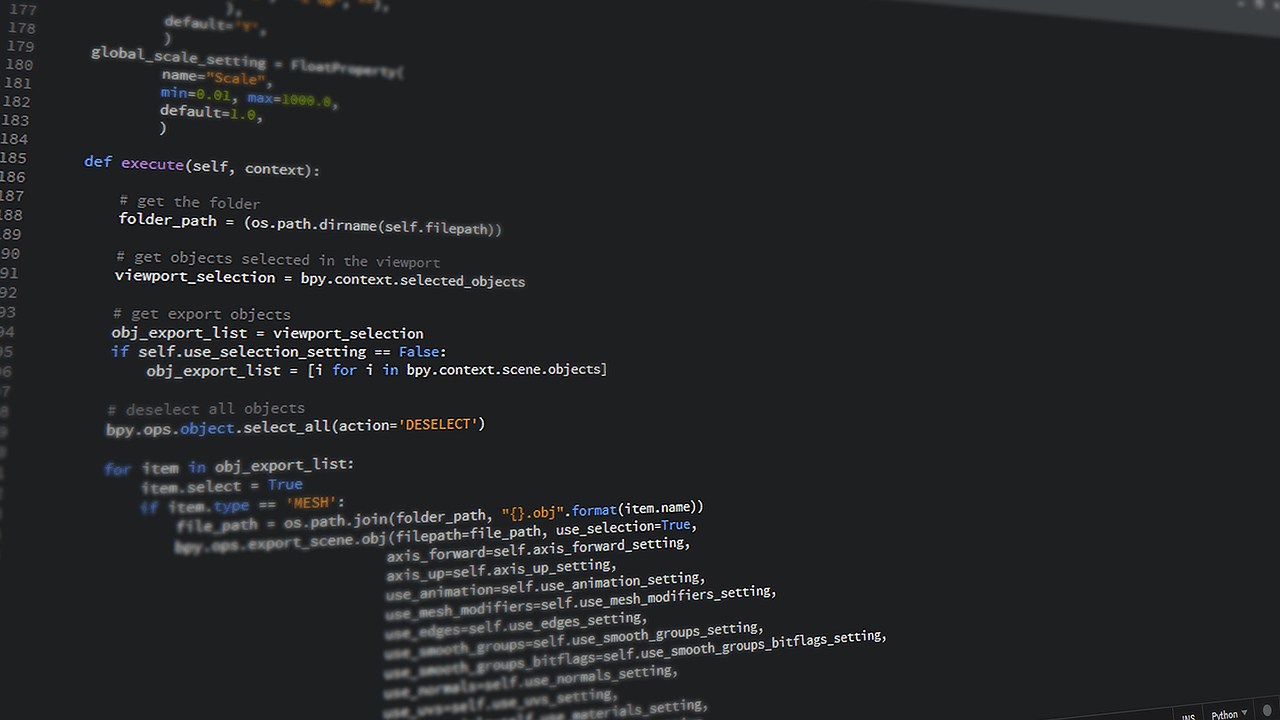Python Install & First Program in Python: A Beginner’s Guide
Introduction | Python install
If you’re new to programming and looking to dive into the world of Python, you’ve come to the right place. Python is a versatile and beginner-friendly programming language that has gained immense popularity in recent years. In this article, we will guide you through the process of installing Python and writing your first program in a step-by-step manner.
Table of Contents 1. What is Python? 2. Why Choose Python for Beginners? 3. Installing Python on Your System - Windows - macOS - Linux 4. Setting up a Development Environment - Using IDLE - Using Visual Studio Code (VSCode) 5. Writing Your First Python Program 6. Understanding the Code 7. Running the Program 8. Common Python Terminologies for Beginners 9. Variables and Data Types 10. Conditional Statements 11. Loops 12. Functions 13. Lists, Tuples, and Dictionaries 14. Python Standard Library 15. How to Keep Learning Python 16. Conclusion 17. Frequently Asked Questions (FAQs)
1. What is Python?
Python is a high-level, interpreted, and general-purpose programming language known for its simplicity and readability. Guido van Rossum first introduced Python in 1991, and since then, it has evolved into a powerful language used in various domains such as web development, data analysis, artificial intelligence, automation, and more.
2. Why Choose Python for Beginners?
Python’s popularity among beginners can be attributed to its straightforward syntax and ease of learning. The language emphasizes code readability, reducing the cost of program maintenance and development. Additionally, Python has a large and supportive community, providing ample learning resources for newcomers.
3. Installing Python on Your System | Python install
Before you start coding in Python, you need to install it on your computer. The installation process varies slightly depending on your operating system.
3.1 Windows | Python install
To install Python on Windows, follow these steps:
1. Visit the official Python website at www.python.org.
2. Navigate to the Downloads section and choose the latest stable version of Python.
3. Download the installer.
4. Run the installer, and during the installation process, make sure to check the option “Add Python x.x to PATH.”
3.2 macOS | Python install
For macOS users, Python comes pre-installed with the system. However, it’s recommended to install the latest version using Homebrew or the official website.
1. Open the Terminal.
2. Install Homebrew (if not installed) by following the instructions on https://brew.sh.
3. Run `brew install python`.
3.3 Linux | Python install
Most Linux distributions come with Python pre-installed. To install Python on Linux:
1. Open the Terminal.
2. Update the package list: `sudo apt update` (for Ubuntu/Debian) or `sudo yum update` (for Fedora/RHEL).
3. Install Python: `sudo apt install python3` (for Python 3) or `sudo apt install python` (for Python 2, which is now deprecated).
4. Setting up a Development Environment | Python install
Once Python is installed, it’s essential to set up a development environment to write and execute your Python code. Two popular options are IDLE and Visual Studio Code (VSCode).
4.1 Using IDLE
IDLE is Python’s Integrated Development and Learning Environment, perfect for beginners.
1. Open IDLE from the Start menu (Windows) or using the terminal (macOS/Linux).
2. A new window will open, and you can start writing Python code in the editor.
4.2 Using Visual Studio Code (VSCode)
VSCode is a lightweight yet powerful code editor that supports Python and numerous other programming languages.
1. Download and install VSCode from https://code.visualstudio.com.
2. Install the Python extension for VSCode to enable Python support.
3. Open VSCode, and you are ready to write your Python code.
5. Writing Your First Python Program
Now that you have Python installed and a development environment set up, let’s write your first Python program.
```Python
print("Hello, Python!")
```
6. Understanding the Code
In the above program, we use the built-in `print()` function to display the message “Hello, Python!” on the screen.
7. Running the Program
To run the Python program, follow these steps:
1. Save the program with a `.py` extension, for example, `hello.py`.
2. Open your terminal or command prompt.
3. Navigate to the directory where you saved the program.
4. Type `python hello.py` and press Enter.
You will see the output: `Hello, Python!`
8. Common Python Terminologies for Beginners
Before we proceed further, let’s familiarize ourselves with some common Python terminologies:
Interpreter: Python is an interpreted language, meaning the code is executed line by line.
– Syntax: The set of rules governing the structure of Python code.
– Variables: Containers for storing data values.
– Data Types: The classification of data items, such as integers, strings, lists, etc.
– Conditional Statements: Code blocks executed based on specific conditions.
– Loops: Repeated execution of code based on specific conditions.
– Functions: Blocks of reusable code that perform specific tasks.
9. Variables and Data Types
In Python, you don’t need to declare the data type explicitly. The interpreter dynamically assigns data types based on the value assigned to a variable.
9.1 Examples:
```python # Integer age = 25 # Float pi = 3.14 # String name = "John Doe" # Boolean is_student = True ```
10. Conditional Statements
Conditional statements allow us to make decisions in our code. The common ones are `if`, `elif`, and `else`.
10.1 Example:
```python
age = 20
if age < 18:
print("You are a minor.")
elif age >= 18 and age < 65:
print("You are an adult.")
else:
print("You are a senior citizen.")
```
11. Loops
Loops help in executing a block of code repeatedly based on a condition.
11.1 Example:
```python
# While loop
count = 1
while count <= 5:
print("Count:", count)
count += 1
# For loop
fruits = ["apple", "banana", "cherry"]
for fruit in fruits:
print(fruit)
```
## **12. Functions**
Functions are reusable blocks of code that perform specific tasks.
12.1 Example:
```python
def greet(name):
print("Hello, " + name + "!")
greet("Alice")
greet("Bob")
```
13. Lists, Tuples, and Dictionaries
Python provides several data structures, including lists, tuples, and dictionaries.
13.1 Examples:
```python
# List
fruits = ["apple", "banana", "cherry"]
# Tuple
point = (10, 20)
# Dictionary
person = {"name": "John", "age": 25, "is_student": True}
```
14. Python Standard Library
Python comes with a rich set of libraries that extend its functionality. The standard library contains modules for various purposes.
15. How to Keep Learning Python
Python’s versatility and applications are vast. To keep learning and improving your Python skills:
– Join online communities like StackOverflow and Reddit to ask questions and engage with Python enthusiasts.
– Participate in Python-related forums and discussions.
– Take online courses or enroll in coding boot camps that focus on Python.
– Read books and blogs about Python programming.
– Practice regularly and work on small projects to reinforce your understanding.
16. Conclusion | Python install
Congratulations! You have successfully installed Python, set up a development environment, and written your first Python program. Python’s simple syntax and powerful capabilities make it an excellent choice for beginners and experienced developers alike. Now, armed with this knowledge, you can embark on your journey to explore the vast world of Python programming.
17. Frequently Asked Questions (FAQs) | Python install
Q1: Is Python a case-sensitive language?
A: Yes, Python is case-sensitive, meaning `variable` and `Variable` are treated as different variables.
Q2: Can I use Python for web development?
A: Absolutely! Python’s web frameworks like Django and Flask make web development with Python a breeze.
Q3: How do I update Python to the latest version?
A: You can download the latest version from the official Python website and run the installer.
Q4: Can I use Python for data analysis and machine learning?
A: Yes, Python has popular libraries like NumPy, Pandas, and TensorFlow for data analysis and machine learning tasks.
Q5: Where can I find Python projects to practice my skills?
A: You can find beginner-friendly Python projects on GitHub and various coding platforms, including websites with coding challenges.

